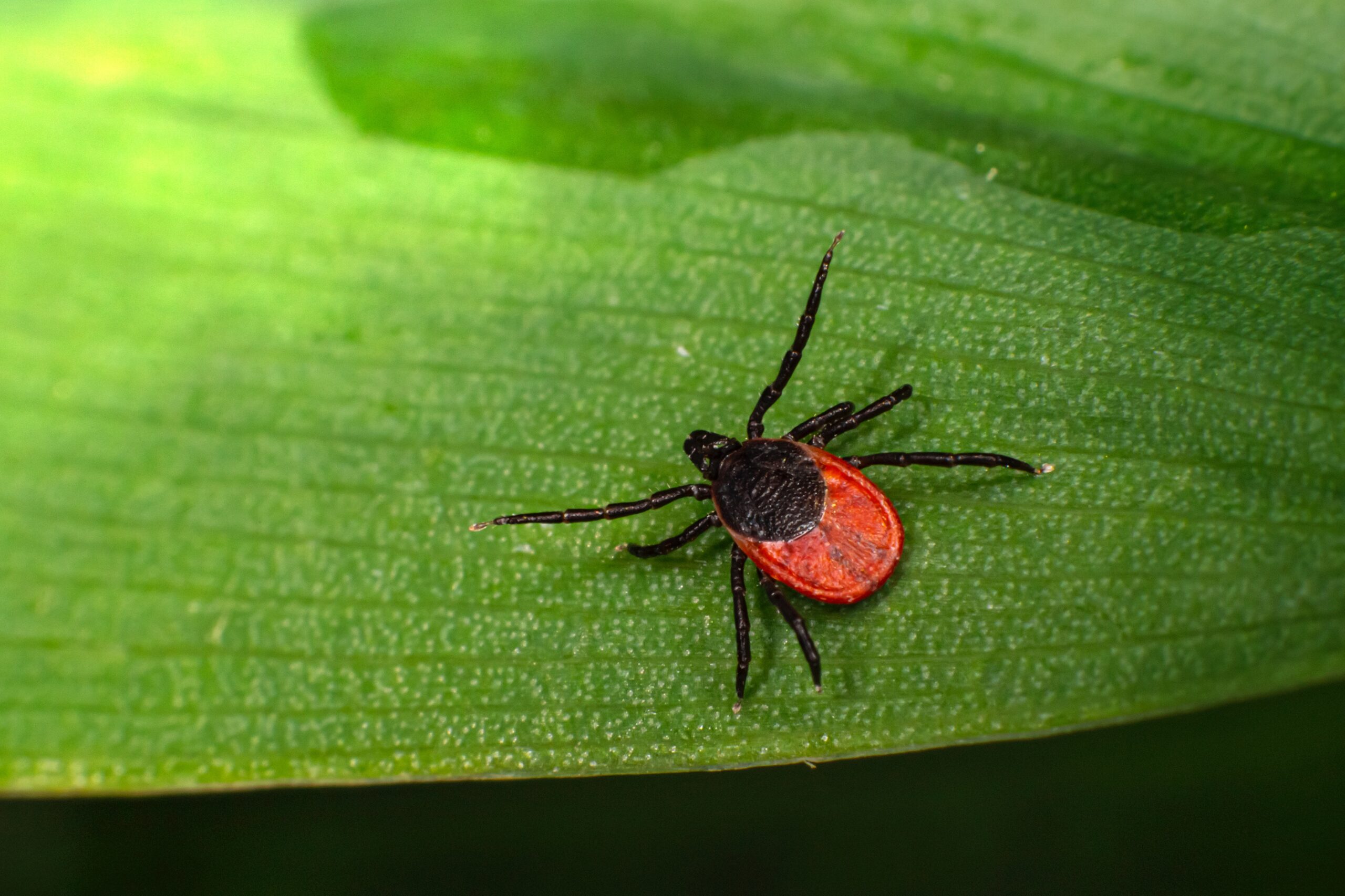HBO therapy is a medical treatment that uses the administration of 100 percent oxygen at controlled pressure (greater than sea level) for a prescribed amount of time—usually 60 to 90 minutes.
HBO therapy increases the amount of oxygen in the body, which in turn causes several physiological changes that can result in accelerated healing. The basis for these changes is the fact that HBO therapy increases the amount of oxygen in the blood by up to 2000 percent, depending on the treatment depth. This, in turn, dramatically increases the amount of oxygen at the cellular level and creates other physiological changes. These changes can be extremely complex. One scientific research study indicates that Lyme bacteria are microaerophilic, or debilitated in high oxygen environments.
In the case of Lyme disease, William Fife, Ph. D., a Hyperbaric Medicine specialist at Texas A & M University (now retired), established the protocols for HBO treatment in his Texas A & M research project, to be discussed later. Dr. Fife’s Lyme disease protocol calls for HBO therapy to be administered at 2.36 ATA (Atmospheres absolute), or equivalent to a depth of 45 feet below sea level. Each treatment lasts one hour and two treatments are prescribed each day, five days per week.
The total number of treatments given in each case varies. It is common to administer 30 to 60 treatments in the first phase of treatment. The question of further HBO therapy is then resolved after the patient’s condition is reevaluated. However, many believe that if the patient has been impacted by the first phase of HBO therapy, such as by experiencing a Herxheimer reaction (this can help to confirm Lyme bacteria die-off), then a break of three to six weeks should be taken followed by another 30 to 60 HBO treatments. A physician can prescribe more sets of HBO therapy based on the patient’s individual evaluation.
A Promising Therapy
Why does HBO therapy show promise in helping Lyme patients? First, we are reminded that Lyme bacteria are microaerophilic, or debilitated in high oxygen environments. Research by F. Austin demonstrated the effect of oxygen on the Lyme organism. The study suggests that the Bb organism is sensitive to high concentrations of oxygen at the cellular level, or what is termed, elevated tissue partial pressures. In other words, the Bb organism doesn’t do well in a biological environment similar to that created in the body during HBO treatment.





